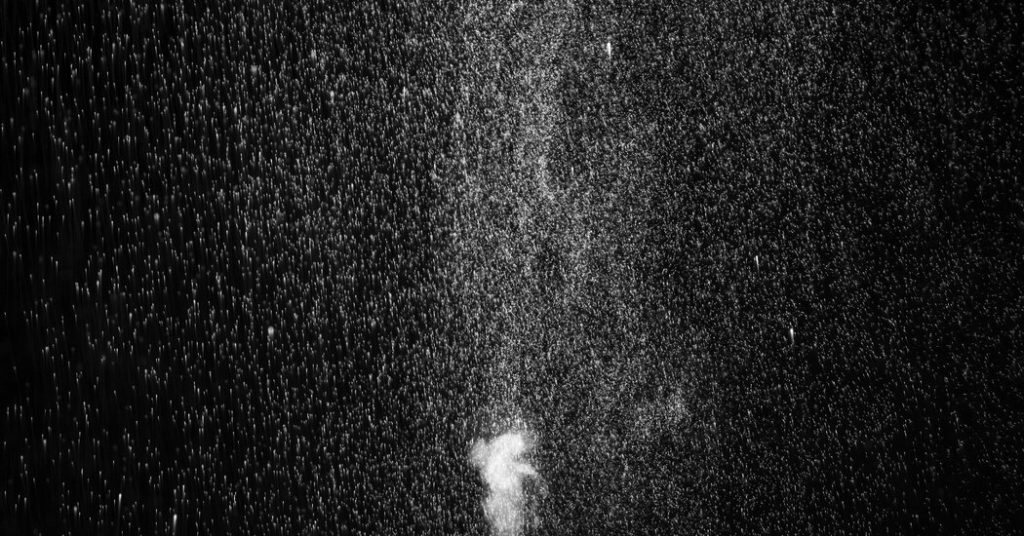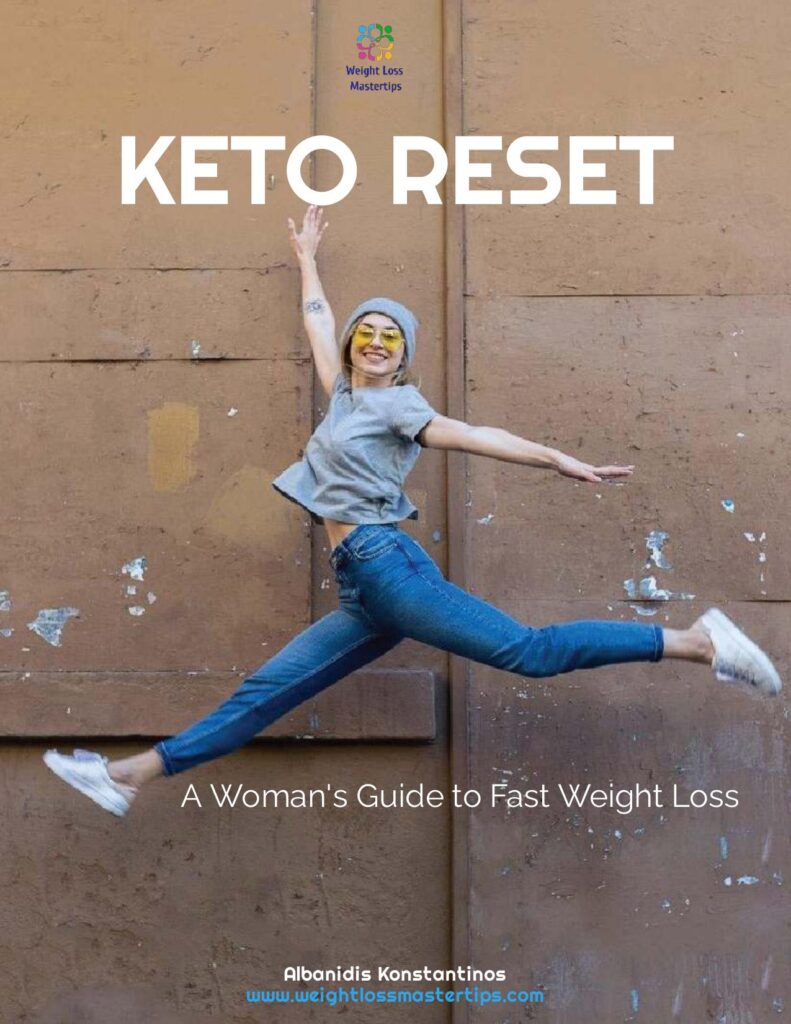Within the early days of the Covid pandemic, a crew of scientists called on the World Well being Group to acknowledge that the illness might unfold by means of the air.
Initially, the company rebuffed them, regardless of rising proof that coronavirus-laden droplets caught round within the air, making indoor areas hotbeds of an infection. The researchers responded with a public campaign, which helped persuade the World Well being Group to lastly acknowledge, in late 2021, that Covid was airborne.
Within the wake of the controversy, the company additionally requested a gaggle of advisers — together with a few of its scientific critics — to replace its formal pointers for classifying the ways in which pathogens unfold. After greater than two years of debate, that group has revealed a report laying out new definitions that might have important implications for international locations all over the world that depend upon the company to set insurance policies to curb the unfold of illness.
The W.H.O.’s earlier stance was that solely a handful of pathogens — those who journey in small droplets and unfold throughout lengthy distances, like tuberculosis — could possibly be thought-about airborne. However the brand new report suggests broader classes that don’t depend on droplet dimension or distance unfold. Such modifications had been contentious as a result of they raised the prospect that extra ailments may now demand expensive management measures, comparable to hospital isolation rooms and protecting gear.
“It’s an necessary first step,” stated Dr. Ed Nardell, a tuberculosis knowledgeable at Harvard Medical Faculty and a member of the group. “We actually have a begin, with agreed-upon terminology, even when everyone’s not pleased with it.”
Earlier than the pandemic, the W.H.O. and different businesses typically recognized a number of methods ailments might unfold. One was by “contact transmission,” during which somebody picked up a pathogen both by touching an contaminated individual instantly or by means of contact with a contaminated floor.









